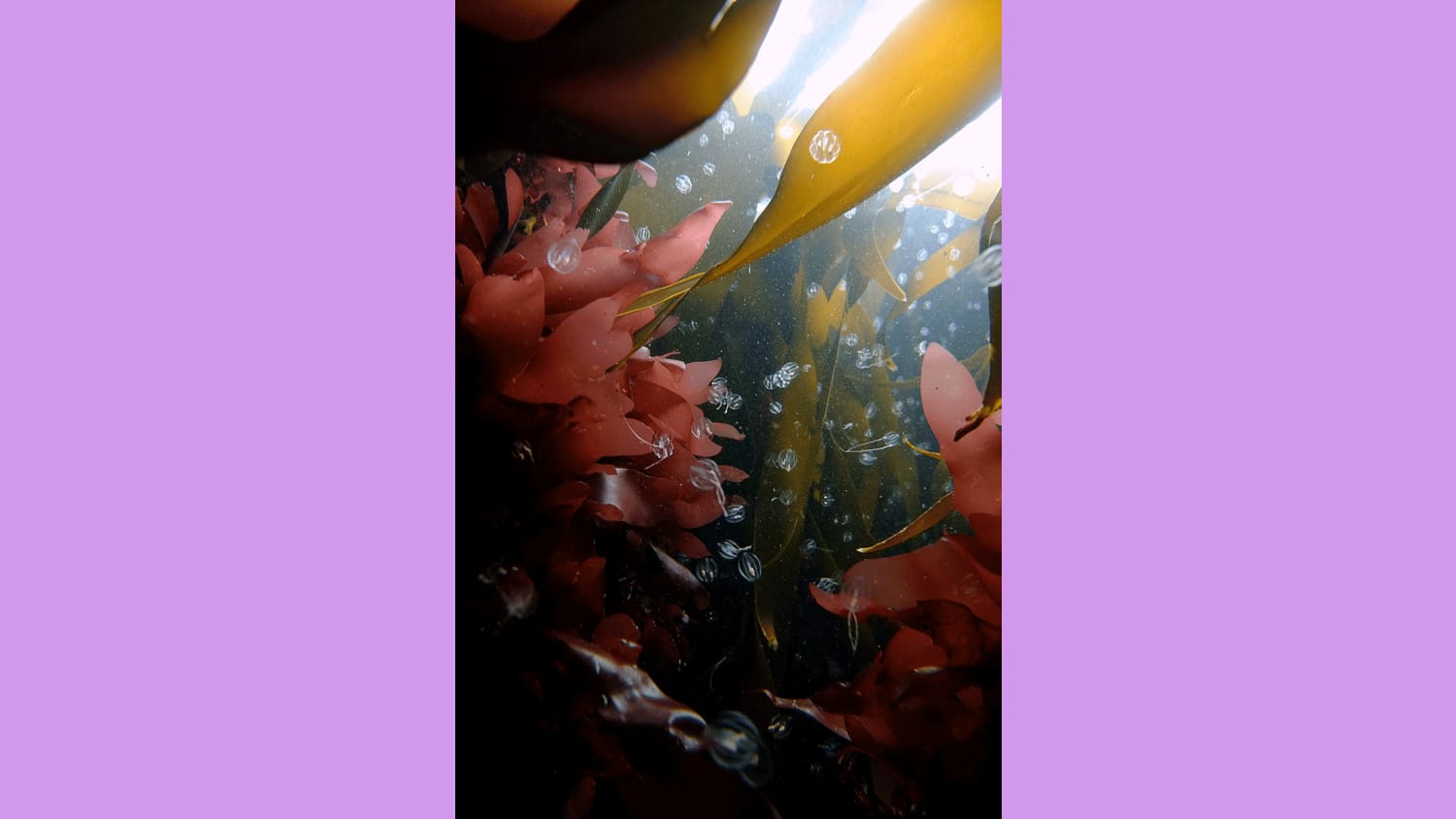Scientists, researchers and innovators have long been looking for efficient and effective solutions to help tackle climate change, from carbon capturing to rewilding. But now, many are looking to the ocean as the key, exploring the potential of blue carbon.
Blue carbon refers to “carbon that has been captured and absorbed by our marine and coastal ecosystems,” Lucy McMahon, PhD student at University of York, tells the Leading Marine Women podcast. “Generally, when we talk about blue carbon, we are referring to three main ecosystems: salt marshes, mangroves and seagrasses.”
These ecosystems tend to make up a tiny blue line on global maps, but each sequesters more carbon per year than tropical forests—which is why they’re attracting the attention of researchers and innovators who are looking to make a big climate impact. Now, as governments and brands are setting plans to become net-zero, blue carbon is catching their eyes, too.
Australian Prime Minister Scott Morrison singled out capturing blue carbon as one of the countries’ leading moves in restoring the planet. At the end of April, Morrison announced a $30 million blue carbon fund, which will see $19 million invested in restoring lost mangroves and wetlands, $10 million to support similar initiatives in neighboring countries, and a further $1 million in developing a carbon accounting method to help monitor the country’s emissions reduction targets.










